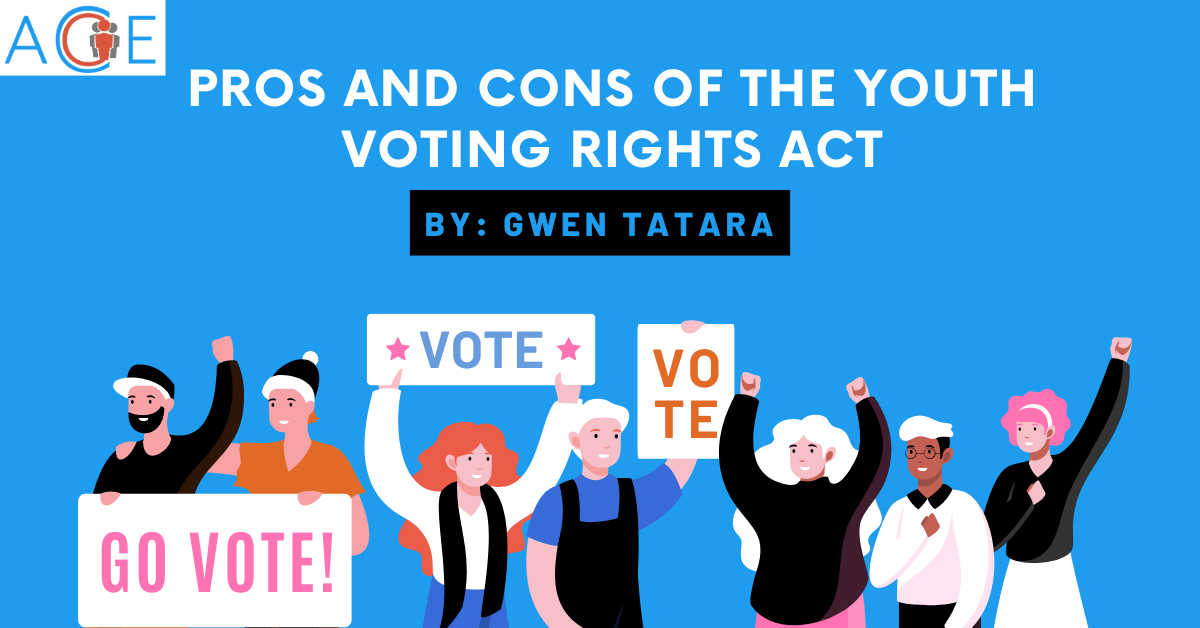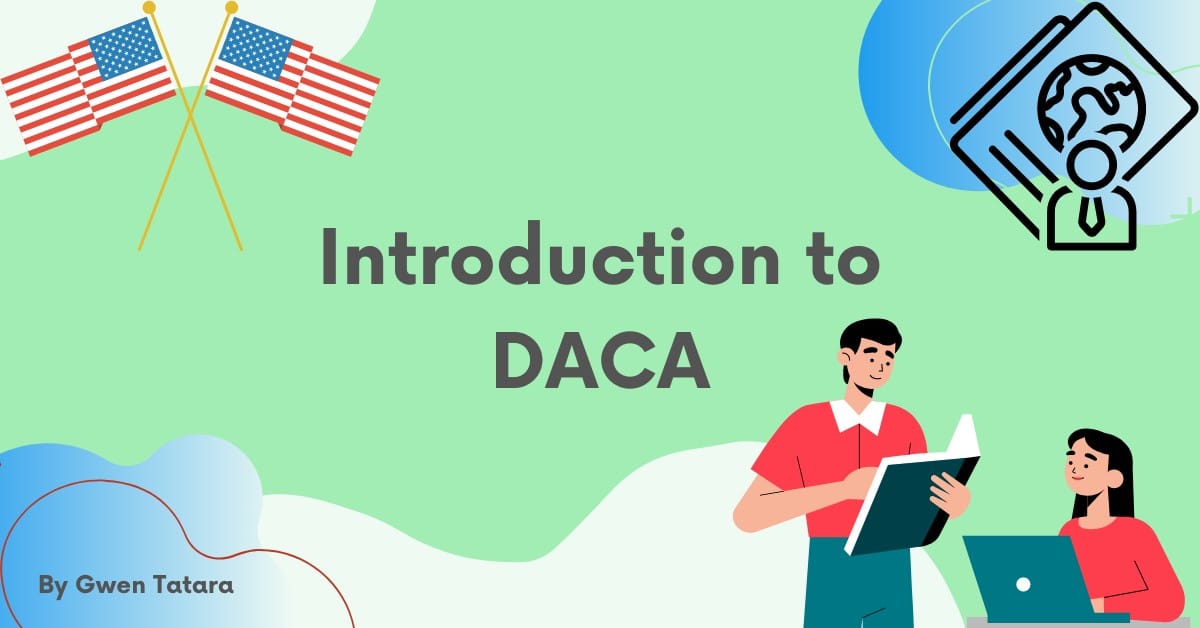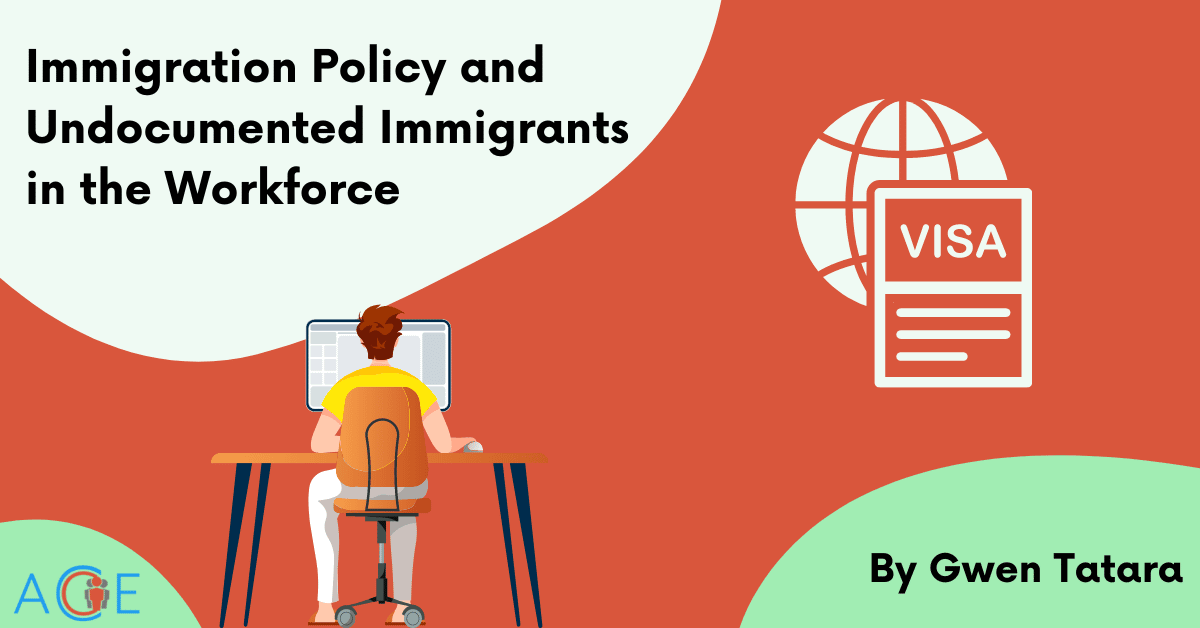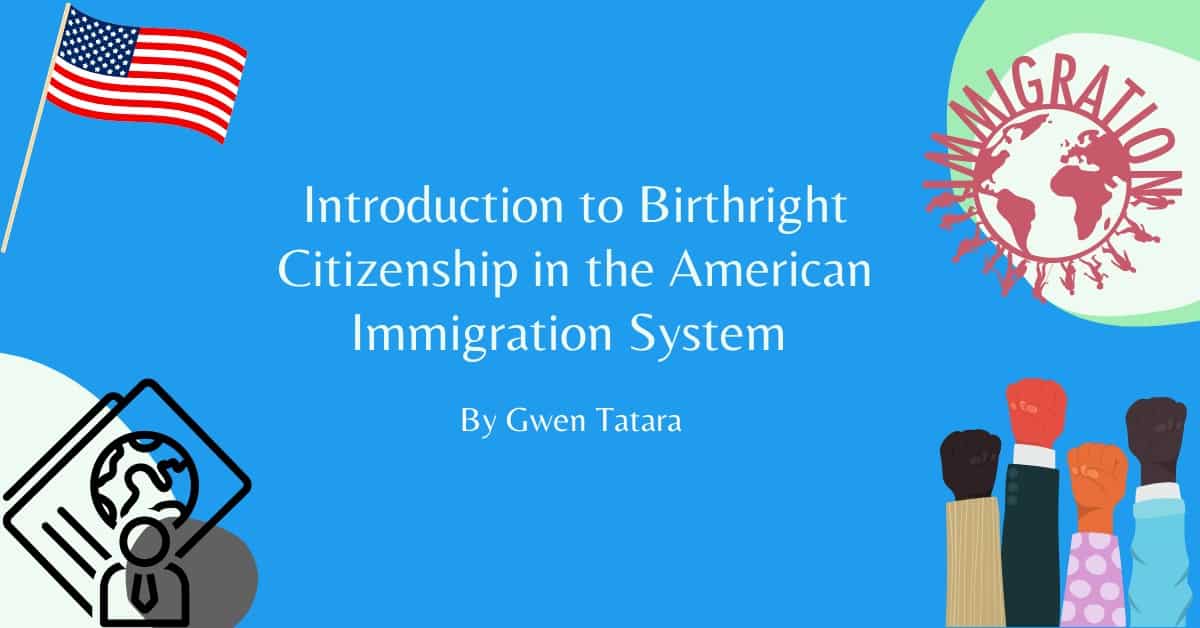Background
In the 2022 midterms, youth voters (ages 18 to 24) turned out in record numbers nationwide. In today’s political climate, the youth vote is becoming an increasingly elusive but crucial factor in winning campaigns. However, compared to other age groups, 18-24 year olds have the lowest participation rates.
Many in this age group could only vote after Congress expanded the Voting Rights Act of 1965 in 1970, lowering the voting age from 21 to 18. This change responded to public outrage that young people could be drafted for the unpopular Vietnam War but couldn’t vote. While President Nixon signed this into law, a Supreme Court decision ruled Congress had overstepped its power by mandating all states to lower the voting age. In response, Congress created the 26th Amendment, which was ratified by all states within four months. Despite this strong support for youth civic involvement, only 23% of voters in this age group cast a ballot in the 2022 midterms.
The Youth Voting Rights Act
In response to low youth voter participation, the Youth Voting Rights Act was introduced to Congress in July 2022 by Massachusetts Senator Elizabeth Warren and Georgia Representative Nikema Williams. The bill has faced delays primarily due to the election of a new Congress. The act aims to enforce the 26th Amendment by addressing infrastructural voting issues that hinder young voters. Key policies include expanding voter registration services at public universities, allowing 16-17 year olds to pre-register in every state, requiring higher education institutions to have on-campus polling locations, prohibiting durational residency requirements for federal elections, accepting student IDs as valid identification, creating a grant program for youth involvement in elections, and collecting data on youth voter registration and participation.
Arguments in favor of the Youth Voting Rights Act
Proponents of the Youth Voting Rights Act argue that practices such as automatic registration and using student IDs have been effective in other states and could address youth voter disengagement nationwide. A Tufts University study found that youth registration is 9 points higher in states allowing pre-registration at age 16 or 17, but fewer than half of the states permit this. Proponents believe implementing this policy nationwide would have a broader impact.
A CalTech and MIT study found that in 2008, about 3 million Americans couldn’t vote due to registration problems like missing deadlines. Voter ID laws also inhibit turnout, as younger voters often lack documents like birth certificates or proof of permanent residency. A study from the Center for Information & Research on Civic Learning and Engagement (CIRCLE) found that strict rules limiting student ID use in Wisconsin contributed to lower youth participation in the 2016 election. Allowing student IDs as valid voter ID would ensure more young people can vote.
Additionally, proponents argue that young people are civically engaged but face practical obstacles to voting. A CIRCLE study found youth activism is rising. Common reasons for not voting include no time off work, difficulty finding polling places, and problems with voter ID. Addressing these issues could increase youth voter turnout, suggesting that apathy is not the root cause of low participation.
Arguments against the Youth Voting Rights Act
Conversely, some argue that the bill’s policies overstep federal authority and undermine states’ autonomy in managing their voting practices. They point to numerous Supreme Court decisions in recent years that have eroded the Voting Rights Act of 1965 on the grounds of federal overreach. In many cases, the Supreme Court has sided with states seeking greater control over their voting regulations. Since the Youth Voting Rights Act is intended to enforce part of this overarching legislation, it could face similar constitutional challenges, as it limits states’ flexibility in implementing these changes.
Additionally, some believe that infrastructural changes alone will not significantly increase youth voter turnout. Younger voters often view traditional civic engagement as ineffective and prefer non-traditional activism to create positive change. A 2022 Harvard Youth Poll found that 56% of voters aged 18-22 believe current politics cannot meet the country’s challenges, and 42% feel their voices do not make a difference. Critics argue that low turnout reflects a shift toward activism rather than voting, and making voting easier may not address this issue and could compromise voting security. If young voters do not believe voting will amplify their voices, there is little incentive for them to vote, even if it becomes more accessible.
Conclusion
This bill represents a greater debate surrounding youth civic engagement in the U.S. Some argue that the way to engage younger voters as a powerful untapped voting bloc is to make voting more accessible to them. Others argue that this will not fully address the problem and could present legal issues. Ultimately, the U.S. is left with the challenge of effectively engaging its young people.






